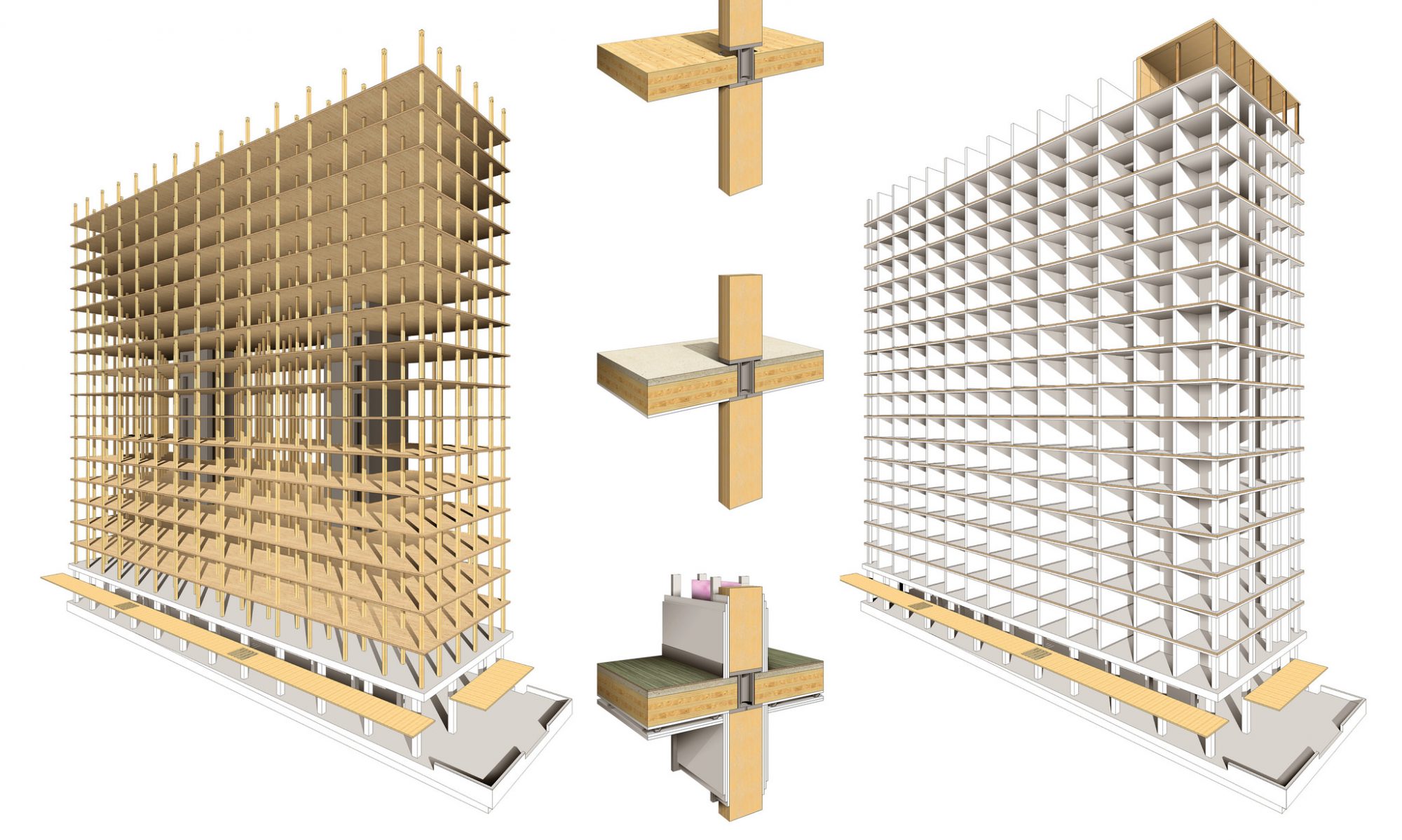A city’s energy system includes elements and sub-systems such as industries, transportation, street lighting, electrical devices, residences, and more, all of which have typically evolved to depend on fossil fuels as an energy source. Burning these fuels emits combustion products that contribute to climate change, acidification and eutrophication of water bodies, air-borne particulates and other components of smog, the depletion of the ozone layer, eco-toxicity and human-toxicity. Our use of fossil fuels also depletes abiotic resources.
The ecological approach to city energy systems involves design and operations at the site, community (a.k.a. district), and regional scales that conserve energy where possible and use renewable energy sources when necessary. Like the design and operations of other urban systems, the goal is to simultaneously provide services to people, while ensuring ecosystem health.
Healthy Environments in The Netherlands
Haze and District Energy System in Beijing
IDP: Use of Virtual Reality
“I spy with my little eye… a District Energy System”
ENERGY EFFICIENCY AND SUSTAINABILITY IN INDIA
In Detail: The Mosaic Centre
An Exploration of Germany’s Renewable Energy Revolution
Summary of Sarte’ Sustainable Infrastructure: Energy
IDP: The Integrated Design Process
MEASURES OF SUSTAINIBILITY APPLIED TO THE CIRS BUILDING AT UBC
